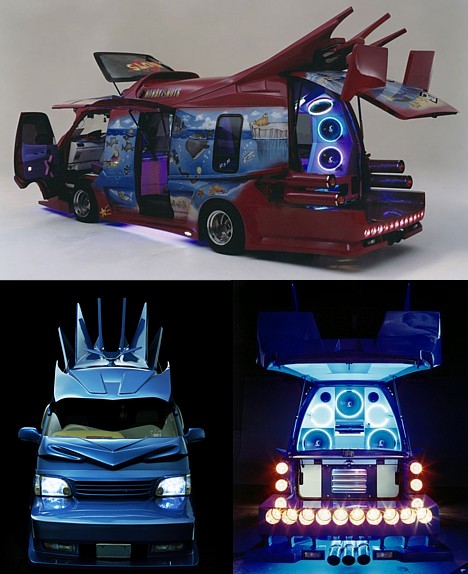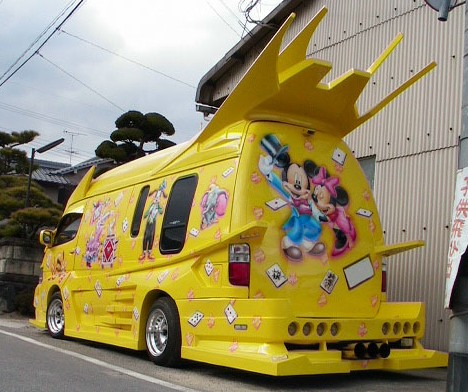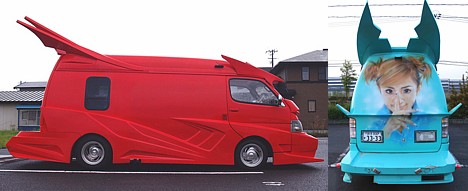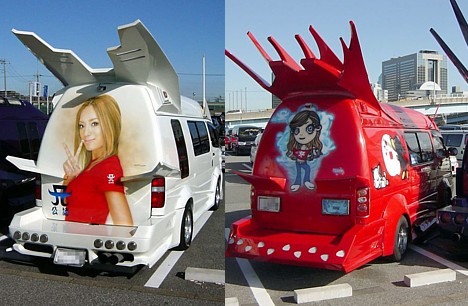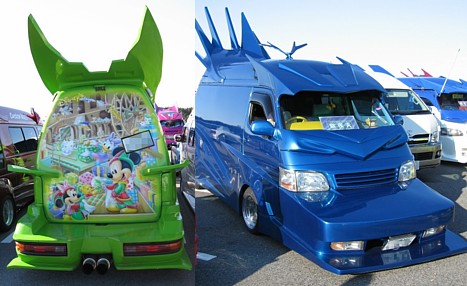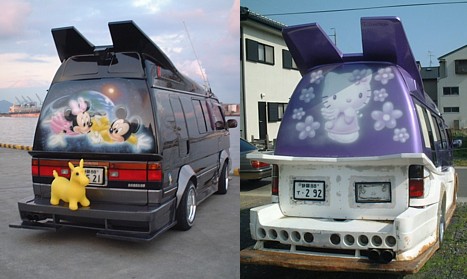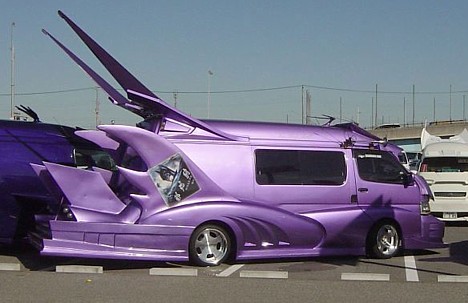New Honda City: Full details and new photos
August 20th, 2008 ·

Exclusive Spy-Shots! Full Exterior and Interior photos are now online
First captured in India and then announced for launch in Thailand, the Honda City has now been spotted in China. The new Honda City is rumored to launch in Thailand as early as next month and will come in three variants: S model, V Model and SV model. Other countries like China, India, Malaysia and Pakistan can expect the car sometime in 2009. >JCB Archive: Full Honda City Preview Details


The City currently competes very well head-to-head with Toyota Vios, despite the Vios being a next generation model, so Honda can be pretty confidence that it will compete well because of the new (and more) sporty look. The sub-compact market section makes up 43% of the sedan market or 47,795 units in the first half of 2008. Considering the size of the market, it is surprising that there are still only three main competitors; Honda City, Toyota Vios and Chevrolet Aveo. The Thai motor industry is made interesting by these compact cars in the market, and of course, Honda is the main contributor to this. Honda sent its Jazz in the beginning of the year and now it’s sending the latest 3rd generation City into the market. At this moment Honda is training their employees and dealers about the new City. This 3rd generation City is different from the previous model in that it doesn’t use the same body design as the Jazz. Although it’s harder to tell from the recent face-lifted model, the initial City shared very similar exterior proportions to the Jazz. This time the City will only share the same chassis and basic structure, along with engine technology. The engine is the same 1.5 ltr i-VTEC with electronic drive-by-wire. Honda is confident that the City will do really well, not only because the engine is good, but also thanks to the safety features on offer.
City Model Line-up The Thai City will share the engine and transmissions from the Jazz, the engine being the i-VTEC 120hp unit, while the transmission options will range from the 5-speed manual on the base S model, to the 5-speed automatic transmission complete with steering-wheel paddle shift on the top spec SV. The vast majority will be sold with the standard 5-speed auto. The base model S and mid-range V spec will be available with a beige interior, while the top-spec SV model will be set apart with black trim. The V will come in two versions, the V AT, and the V AT(SRS), with the SRS version being the first model that safety-conscious buyers will be able to consider, as the first that comes with dual airbags. The SV has airbags as standard. The City will have a new “Advanced Audio” system with 4 speakers, but only on the V and SV models. The SV will also have fog lights, indicator lights on the wing mirrors, paddle shift manual mode automatic transmission, etc.
Pricing In Thailand, the new 2009 City will be priced just below the Jazz. This should be easier for Honda to achieve now that the Jazz has gone up by $300 across the range. Although pricing hasn’t been confirmed yet, we can expect it to be in the $15,500 to $19,500 range.
Styling No surprises in any of these details. The small sedan market is pretty predictable these days. The surprise will probably come from the styling of the new City. The previous model was very awkward looking, and basically it was just a Jazz with a boot. Spy images of the new City would suggest that Honda is making the City much more of an individual, separating the design from the Jazz this time around.
The first photos AutoCar India has been paramount in breaking the news of the new Honda City. Their widely renderings (below) have also proven to be a spot on forecast of the actual Honda City. The whole team deserves a round of applause.

Specifications
Honda city 2008 S model: * beige tone interior * Remote Control Key with Immobilizer * 3rd rear brake indicator * 15 inch wheel with wheels cover * Sterio 2 din mp3 playing enable * Front Dual speaker
Honda City 2008 V model * beige tone interior * Remote Control Key with Immobilizer * 3rd rear brake indicator * 15 inch Alloy wheel * Advanced Audio system Sterio 2 din mp3 playing enable * Dual speaker of front and rear * chromium door handle * Driver seat low-high adjustment enable * Luggage under of rear passenger seat * ABS,EBD,BA * Dual airbag SRS (V AS only)
Honda City 2008 SV model * Black sporty looking tone interior * Remote Control Key with Immobilizer * 3rd rear brake indicator * 16 inch Alloy wheel * Fox lamp in the front and rear bumper * chromium exhaust pipe * Turn light indicator of side mirror * Switch steering * Paddle Shift * Rear seater can be folded 60:40 enable * Incline forward rear back seat * Front armrest * Map lighting * Advanced Audio system Sterio 2 din mp3 playing enable * Dual speaker of front and rear * chromium door handle * Driver seat low-high adjustment enable * Luggage under of rear passenger seat * ABS,EBD,BA * Dual airbag SRS (V AS only)
Source from :www.japancarblog.com




.jpg)




















